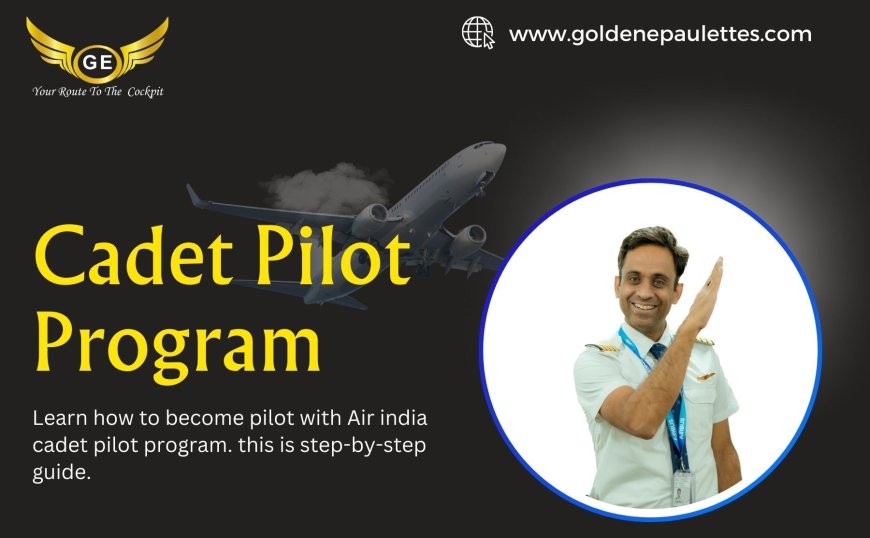How cadet pilot programs simplify the journey to commercial aviation
A cadet pilot program simplifies this journey by offering a clear, end-to-end path—from aviation theory to airline readiness—under one structured curriculum.

How cadet pilot programs simplify the journey to commercial aviation
Introduction
Becoming a commercial pilot can seem like a complicated process with multiple licenses, exams, and flight hours to manage. A cadet pilot program simplifies this journey by offering a clear, end-to-end pathfrom aviation theory to airline readinessunder one structured curriculum.
One-stop solution for training
A Cadet pilot program includes everything an aspiring pilot needs: ground school, flight training, simulator practice, and in many cases, type rating. Instead of coordinating separate modules at different schools, cadets get a single, streamlined training experience designed to meet airline standards from the very beginning.
Guided mentorship at every stage
Cadet programs provide mentorship and regular evaluations throughout the course. Instructors monitor performance, provide feedback, and offer support when cadets face challenges. This reduces confusion, boosts confidence, and ensures consistent progress, which is especially helpful for those new to aviation.
Transparent timelines and outcomes
Unlike scattered flight training that can take years to complete due to scheduling issues or weather delays, cadet programs operate on fixed timelines. Most programs outline the duration, syllabus, and expected milestones clearlymaking it easier for students to plan their careers and finances.
Conclusion
For those serious about a flying career, a Cadet pilot program offers a simplified, structured, and goal-driven approach. It removes the guesswork from pilot training and helps students stay focused on their end goaljoining the cockpit of a commercial airline with confidence and readiness.








































